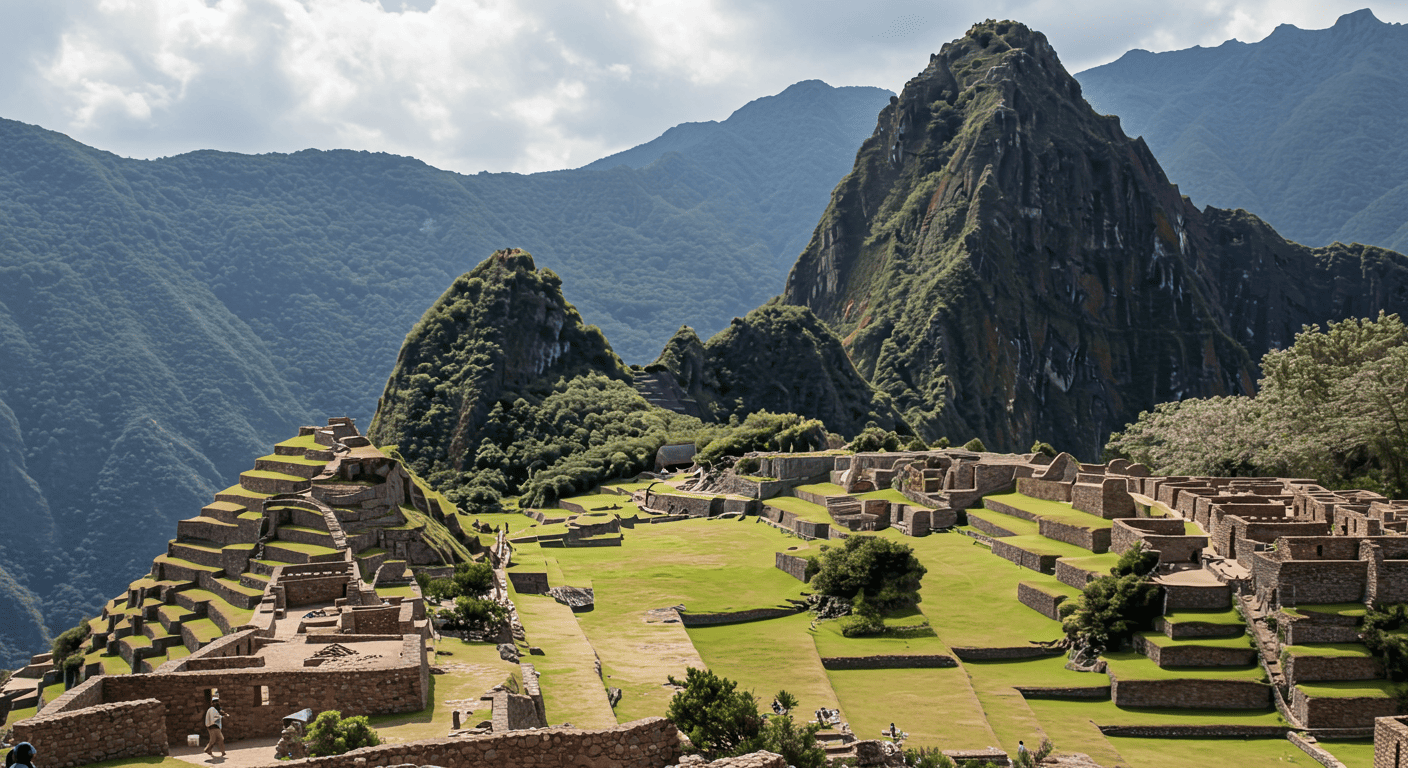
There’s a world of flavor tucked away in the most remote corners of Peru, hiding in villages you won’t find in most travel guides. Forget ceviche and alpaca steaks for a minute; we’re venturing far beyond Cusco and Lima, straight into the hearts of quiet settlements where culinary adventure awaits. These tiny villages hold recipes untouched for generations, preserving tastes and techniques that can redefine your understanding of Peruvian cooking. If you’re someone forever on a quest for dishes that truly surprise, delight, and amaze, this guide to five remote villages is exactly the taste map you’ve been hoping for. Bring your curiosity, leave behind expectations, and let’s explore together some astonishing dishes that you’ll absolutely brag about to your grandchildren.
1 Maras: The Secret of Earthly Treasure
A couple of hours from Cusco, at over 3,000 meters high, Maras might seem like just another sleepy town. Think again. Here, skilled local hands cultivate sparkling white salt ponds cascading down terraced cliffs since Incan times. What makes this salt special? Its bright, mineral taste brings every dish to life, especially the famous papas salineras—local potatoes baked underground with salt crystals, wild herbs, and lamb meat. This savory snippet of the Andes has an unmatched earthy taste that you’ll crave long after your trip ends.
Tip: Visit between May and November when ponds shimmer brightest, and don’t leave without buying genuinely local pink Maras salt. Avoid early afternoon tours when the blazing sun is strongest. Wear comfortable hiking shoes and remember sunscreen.
2 Chivay: Buffet with the Condors
Journeying further south, you’ll enter Colca Canyon—twice as deep as the Grand Canyon—and the cozy village of Chivay. But did you know Chivay offers culinary delights that rival its fantastic views? Try Chupe de Quinua, the ultimate comfort food—a hearty quinoa soup made creamy with fresh regional cheese, tender alpaca meat chunks, herbs, Andean corn, spices, and local vegetables. It’s served steaming hot—a real lifesaver in the chill mountain breeze.
Tip: Time your visit around early morning to join locals heading to the canyon, where you can feast your eyes on majestic condors gliding overhead. Optimal condor-spotting time is between 8:00 and 10:00 AM. Afterward, warm up with a bowl of hot chupe from roadside eateries popular among locals.
3 Huilloc: More Than Just Potatoes
Not far from Ollantaytambo lies Huilloc, an overlooked gem of a village where tradition meets the taste buds head-on. Benefiting from Andean biodiversity, villagers creatively use hundreds of potato varieties grown locally—colors that range from purple to gold, shapes from long fingers to short macaroni bits. Their star dish? Pachamanca. Locals prepare it by carefully arranging hot stones underground with potatoes, meats, vegetables, and herbs, slow-cooking everything together for several delicious hours. It’s smoky, tender, and tastes strongly of tradition and love—no exaggeration.
Tip: Don’t hesitate to participate in community cooking demonstrations organized by villagers themselves. It’s a great chance to immerse yourself completely in local life, enjoy warm conversations, and ensure your purchase directly supports this vibrant culinary community.
4 Tamshiyacu: The Amazon’s Exotic Surprise
Let’s venture to the Amazon now. Hidden deep in lush green jungle far down the Amazon River, the sleepy little village of Tamshiyacu offers flavors you’d never imagine. The crown jewel is Juane—rice, chicken, boiled eggs, spices, and black olives wrapped in aromatic bijao leaves before being gently steamed. The leaves lend an unmistakable flavor and fragrance, making every bite memorable. Locals traditionally serve Juane during the festival of San Juan in June, but it’s available year-round if you ask around nicely.
Tip: To truly savor Tamshiyacu’s culinary offerings, take a guided boat excursion early in the day (when wildlife viewing along the river is best) followed by a hearty Juane lunch, served directly by village cooks. Bring insect repellent; mosquitos, unfortunately, love it here too.
5 Sibayo: Little Village, Big Alpaca Adventure
On the quieter northern side of Colca Canyon hides Sibayo—a tiny village quickly making its mark for alpaca meat extravaganza. Alpaca meat isn’t rare across Peru, but you’ve never tasted it like Sibayo cooks prepare it: slow-roasted marinated alpaca meat served with potatoes pan-toasted in local garlic-infused butter and wild herbs foraged nearby. Every dish packs earthy tones with tender, juicy notes you’ll never forget. Walking through cobblestone alleys, stopping in simple family-run eateries, you’ll feel like a privileged insider to true village life.
Practical tip: Book a homestay accommodation. Sibayo families gladly open their homes, allowing travelers to experience cozy rooms and warm home-cooked meals while sharing tales around warm kitchen fires.
Conclusion
Peru’s remote villages wait quietly, offering exquisite tastes that reflect powerful, proud culinary traditions. These places hold dishes and cooking styles that few have savored and fewer yet can forget. Pack your bags, head off the beaten path, and taste history—you’ll have flavorful stories to tell your grandchildren for years to come.


